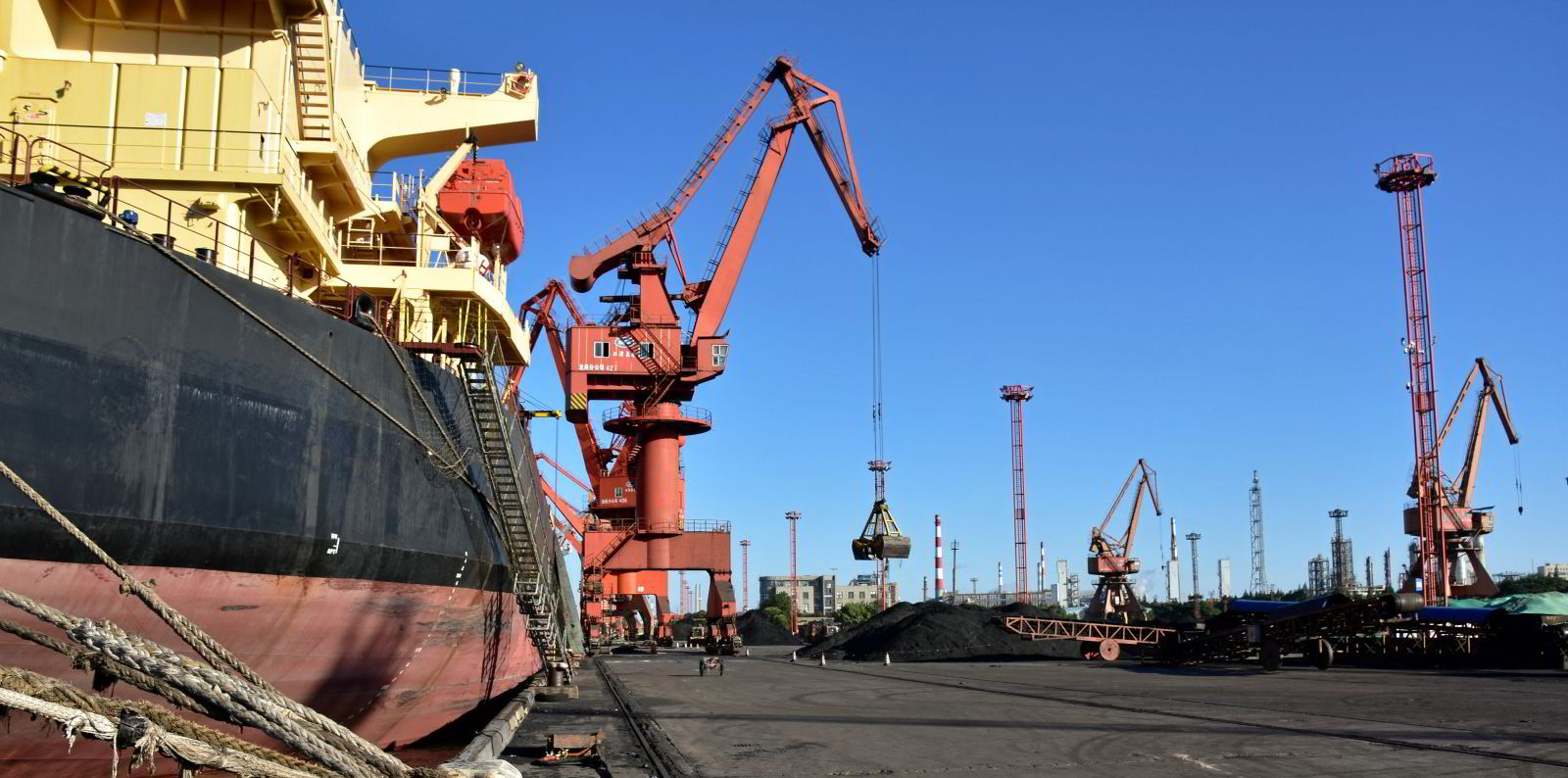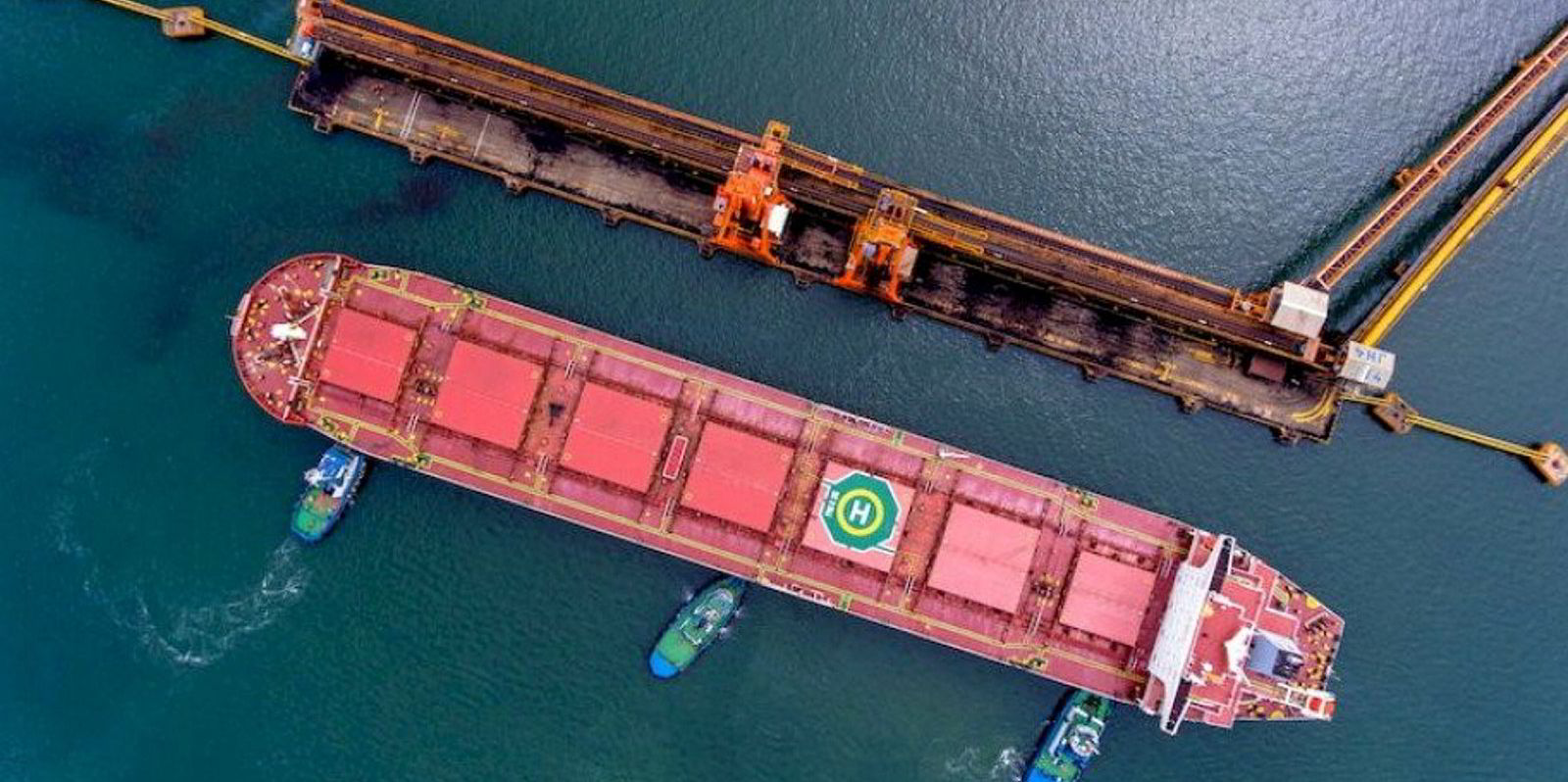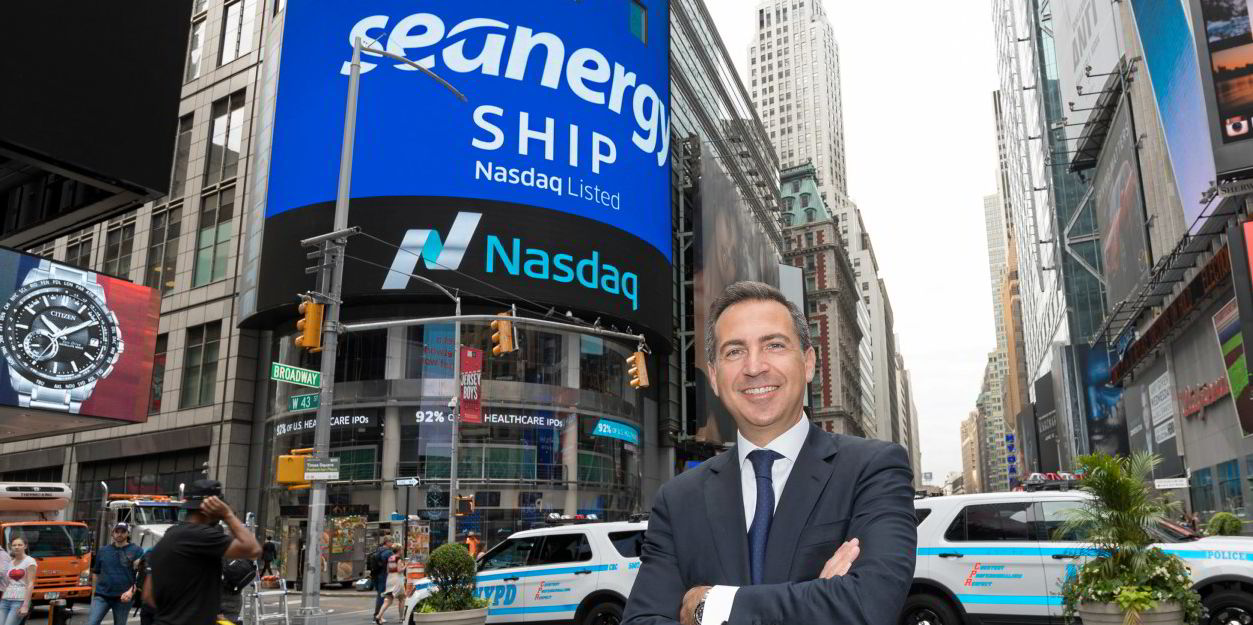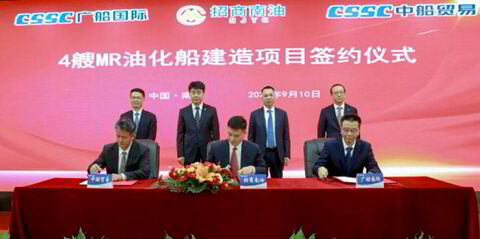A potential revival in dry bulk freight markets can be summed in three words according to Simpson Spence Young (SSY): coal, controls, and queues.
The shipbroker said this year's soaring coal prices have forced an urgent drive to build inventory ahead of what is expected to be a severe winter in China.
"The prospect of a second successive La Nina weather event and the highest snowfall since 1905 in one part of Northeast China, had been an apparent positive for coal burn," SSY said.
However, the shipbroker said the strength of the steam coal price became a trade negative from the point of view of demand destruction, due to power rationing, and government interventions to introduce a series of price caps and meetings with domestic mining companies, which have led to buyers refraining from coal purchasing.
SSY said the ensuing lull in purchasing activity helped pull both delivered prices of imported coal and Pacific freight markets lower.
Efforts earlier this year to lift coal output at domestic mines had previously been hampered by accidents and resulting safety checks, plus intermittent pollution controls and scheduled rail maintenance.
Yet October proved to be a monthly all-time high for coal production, according to official figures, with a daily record for coal output recently reported by the National Development and Reform Commission.
"Whereas a chief constraint on seaborne trade in recent months had been a lack of export availability for both steam and coking coal due to supply issues extending from Indonesia to North America, Russia and South Africa, the chances of a coal import revival now rest on the success of government efforts to boost affordable domestic coal supply as well as on international availability," the shipbroker said.
SSY said steel fundamentals in China have been deteriorating since mid-year, with the fate of China Evergrande among other property developers adding to concerns.
"As well as the usual efforts aimed at combatting winter air pollution in areas of North China, steel production controls were apparently introduced in mid-2021 and aimed to limit full-year output at 2020 levels," the shipbroker said.
"As production in the first half of 2021 had already risen 60m tonnes year-on-year, to meet this goal a 60m tonnes annual drop was required in the second half of the year.

"Thanks to the subsequent steep drop in steel output through to October, the effect on apparent steel consumption has been dramatic," SSY said.
From a May peak of around 95m tonnes, apparent steel demand has slumped by 28% to 68m tonnes by October.
"Already imports of iron ore into China fell year-on-year by 64.6m tonnes in May-October inclusive to 552m tonnes, while stockpiles…gained 21m tonnes in the seven weeks to 12 November," SSY said.
Further complicating the outlook has been the timing of the Beijing Winter Olympics in February 2022 with several events to be held in Hebei province, still the single-largest province for steelmaking.
"True to form, extended restrictions on steel production and iron ore sintering during the first quarter of 2022 have already been announced, which threaten steelmaking raw material demand and affect the capacity for mills to lift output once 2021 restrictions expire," SSY said.
In terms of port congestion, SSY said the onset of winter can be expected to add to turnaround times in China. However, following peak congestion in August, further easing has been underway in recent days.
SSY said the number of laden capesizes waiting to berth has dropped by an estimated 30 vessels between late October and mid-November, with similar trends seen for panamaxes and geared vessels.
"In addition to smooth port operations in the absence of severe weather conditions, lower numbers of inbound vessels, in general, may assist in reducing queues at the country's terminals," the shipbroker added.
In conclusion, SSY said the potential for a revival of Chinese coal imports in the winter months will be shaped by domestic coal supply, with a change in trade dynamics into China one of the necessary conditions for a revival in the freight market.
"Naturally, a reduction in steel production has negative implications for seaborne iron ore and coking coal trades, though scrap-fed electric arc furnaces, which comprise 9% of 2020 crude steel production in China, face higher energy costs than iron ore and coking coal-consuming blast furnaces," said SSY.
"We anticipate further distortion in steel production levels in coming months and note that weather-related port congestion may re-emerge."






